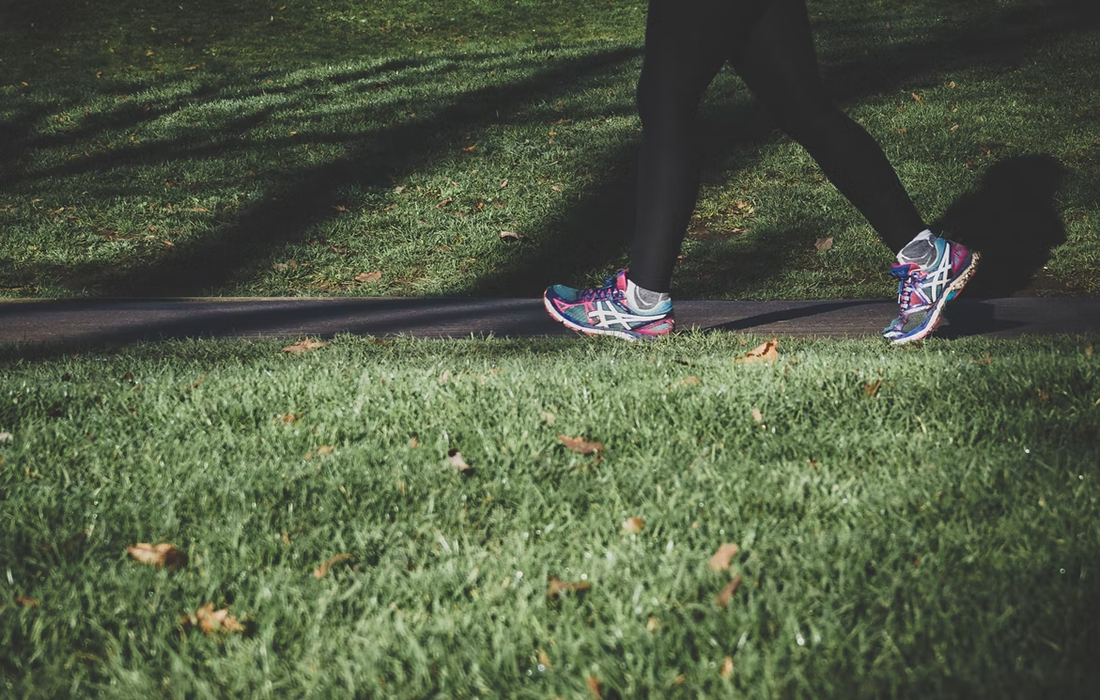Lifestyle
Walking May Help to Prevent Osteoarthritis Symptoms
Osteoarthritis is the most common type of joint disease, affecting more than 30 million individuals in the United States alone. It can be thought of as primarily a degenerative disorder with inflammatory components arising from the biochemical breakdown of articular (hyaline) cartilage in the synovial joints.
Osteoarthritis predominantly involves the weight-bearing joints, including the knees, hips, cervical and lumbosacral spine, and feet. Other commonly affected joints include the distal interphalangeal (DIP), proximal interphalangeal (PIP), and carpometacarpal (CMC) joints.
Symptoms
The progression of osteoarthritis is characteristically slow, occurring over several years or decades. Over this period, the patient can become less and less active and thus more susceptible to morbidities related to decreasing physical activity (including potential weight gain).
Symptoms of osteoarthritis include the following:
-Deep, achy joint pain exacerbated by extensive use – The disease’s primary symptom
-Reduced range of motion and crepitus – Frequently present
-Stiffness during rest (gelling) – May develop, with morning joint stiffness usually lasting for less than 30 minutes
Treatment
The goals of osteoarthritis treatment include alleviation of pain and improvement of functional status. Optimally, patients should receive a combination of nonpharmacologic and pharmacologic treatment. Some non pharmacological measure are weight loss, exercise, physical therapy, occupational therapy.
Pharmacologic management includes pain and anti inflammatory medication, and if it doesn’t help, surgical approach will be the next step and in some cases.
What ‘s new?
A new study reveals that walking for exercise can reduce new frequent knee pain among people aged 50 and older diagnosed with knee osteoarthritis, the most common form of arthritis. Additionally, findings from the study indicate that walking for exercise may be an effective treatment to slow the damage that occurs within the joint.
Dr. Grace Hsiao-Wei Lo, assistant professor of immunology, allergy and rheumatology at Baylor, chief of rheumatology at the Michael E. DeBakey VA Medical Center and his team examined the results of the Osteoarthritis Initiative, a multiyear observational study where participants self-reported the amount of time and frequency they walked for exercise. Participants who reported 10 or more instances of exercise from the age of 50 years or later were classified as “walkers” and those who reported less were classified as “non-walkers.”
Those who reported walking for exercise had 40% decreased odds of new frequent knee pain compared to non-walkers.
These findings are particularly useful for people who have radiographic evidence of osteoarthritis but don’t have pain every day in their knees.
This study supports the possibility that walking for exercise can help to prevent the onset of daily knee pain. It might also slow down the worsening of damage inside the joint from osteoarthritis. On the other hand the beneficial effects of walking already known may help to get a better quality of life.
SOURCE:
Grace H. Lo, Surabhi Vinod, Michael J. Richard, Matthew S. Harkey, Timothy E. McAlindon, Andrea M. Kriska, Bonny Rockette‐Wagner, Charles B. Eaton, Marc C. Hochberg, Rebecca D. Jackson, C. Kent Kwoh, Michael C. Nevitt, Jeffrey B. Driban (June 8 , 2022). Association Between Walking for Exercise and Symptomatic and Structural Progression in Individuals with Knee Osteoarthritis: Data from the Osteoarthritis Initiative Cohort. Arthritis & Rheumatology. Retrieved from : https://onlinelibrary.wiley.com/doi/epdf/10.1002/art.42241
IMAGE:
Photo by Arek Adeoye on Unsplash.

